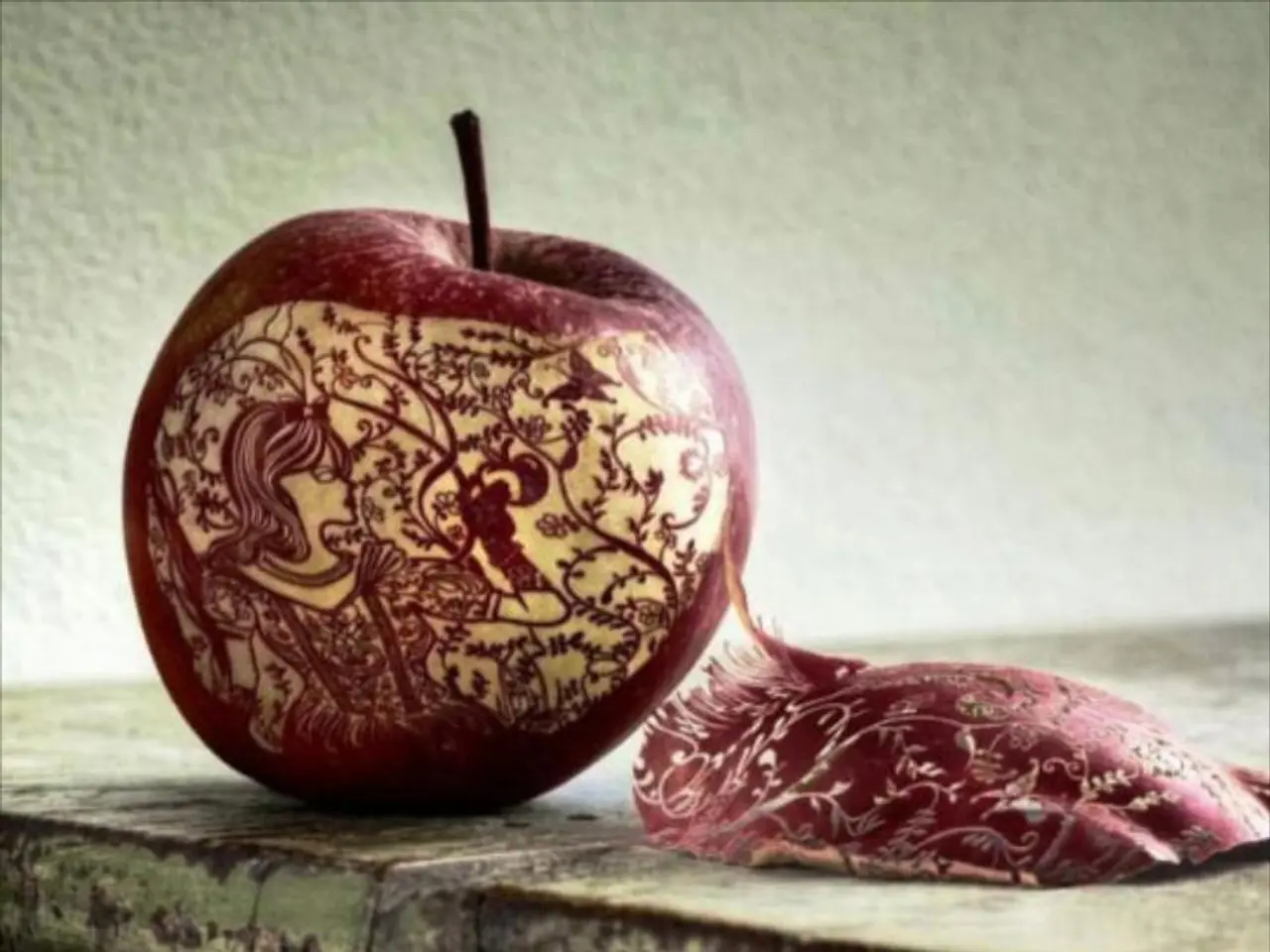Streamlined Guide to Capacitors - Master the Basics on Our Site
Capacitors, essential components in electronic circuits, are classified based on their dielectric material, which significantly influences their properties and applications. In this article, we delve into some of the most common types of capacitors.
1. **Ceramic Capacitors** - Ceramic capacitors derive their properties from the ceramic dielectric used, and are classified with a three-letter code denoting their temperature range and temperature stability. They are compact, low in equivalent series resistance (ESR), stable over wide temperature ranges, and suitable for high-frequency applications. Uses include noise decoupling on power rails and high-frequency circuits.
2. **Polymer Film Capacitors** - Polymer film capacitors, such as polyester, polyethylene, and polypropylene, offer low-loss, high voltage, and resistance to breakdown. They are ideal for high-frequency applications, audio circuits, and power supplies. For instance, polyester capacitors have a capacitance range from about 1 nF to 1 μF, while polypropylene is known for its low-loss and high voltage capabilities.
3. **Tantalum Capacitors** - Tantalum capacitors have an oxide layer on tantalum as their dielectric material. They have high energy density, are polarized, and offer stable capacitance across varying temperatures. Uses include compact power circuits and high-density applications, but they have a limitation of a low breakdown voltage, typically less than 20 volts.
4. **Electrolytic Capacitors** - Electrolytic capacitors, with an oxide layer on aluminum or tantalum, offer high capacitance and high energy density. They are polarized and used in power supplies and audio amplifiers. However, they have a high ESR, making them unsuitable for high frequencies.
5. **Air-Gap and Aerogel Capacitors** - Air-gap and aerogel capacitors, with air or aerogel as their dielectric material, offer low dielectric constant, low breakdown voltage, but are compact. They are used in specialized applications requiring low capacitance and high insulation.
The choice of dielectric material significantly affects the capacitor's performance. Ceramic dielectrics have a high dielectric constant, stable over temperature, and are suitable for high-frequency applications. Polymer films are flexible, low-loss, and have high voltage stability. Glass offers high transparency and good chemical resistance, while air has a low dielectric constant but is susceptible to moisture and contamination.
Capacitors are used in a wide range of applications, including power supplies, audio circuits, high-frequency circuits, RF systems, communication equipment, and energy storage. Understanding these aspects is crucial for selecting the appropriate capacitor type for a specific application and ensuring reliable operation.
Capacitors can fail due to several reasons, including dielectric breakdown, ESR increase, moisture and contamination, and physical damage. Understanding these failure modes is essential in selecting the right capacitor for the job.
This article does not cover all capacitor technologies, and there are several other technologies not mentioned here. For more component rundowns, the article may draw your attention to a piece on inductors.
- Technologies like ceramic, polymer film, tantalum, electrolytic, air-gap, and aerogel capacitors are crucial components in electronics, each with unique properties determined by their dielectric materials.
- In various applications such as power supplies, audio circuits, high-frequency circuits, RF systems, communication equipment, and energy storage, understanding the specific properties of different capacitor technologies is essential for utilizing technology effectively and ensuring reliable operation.




